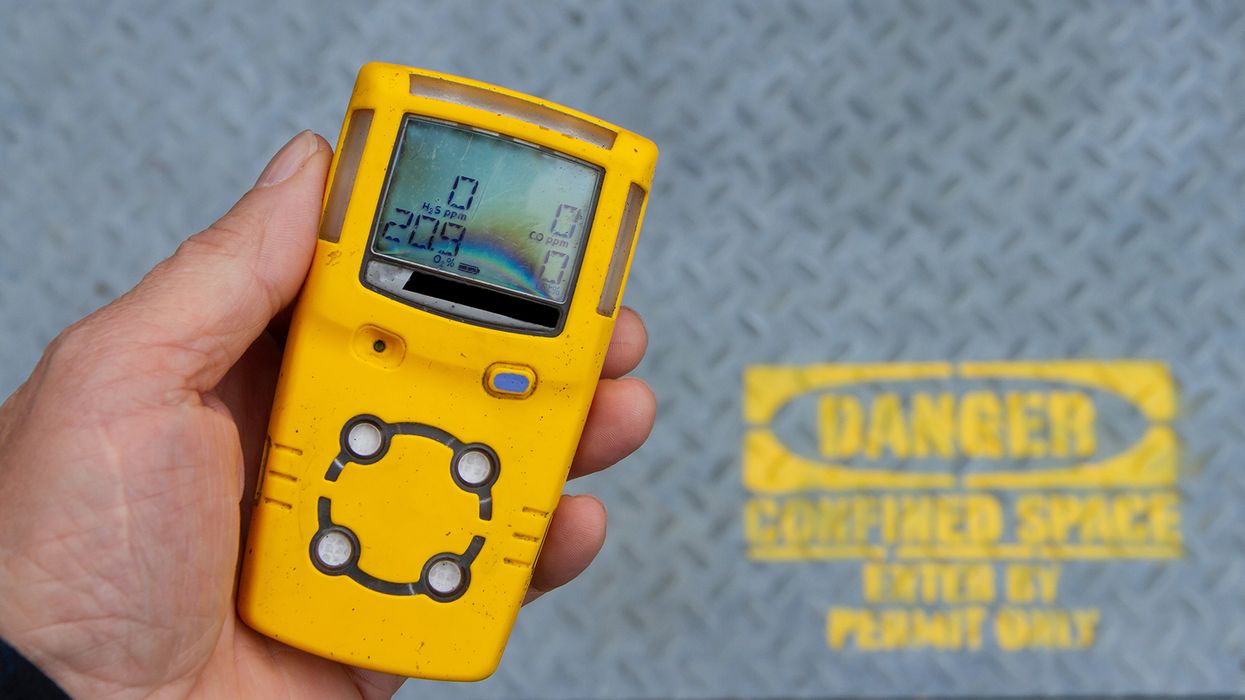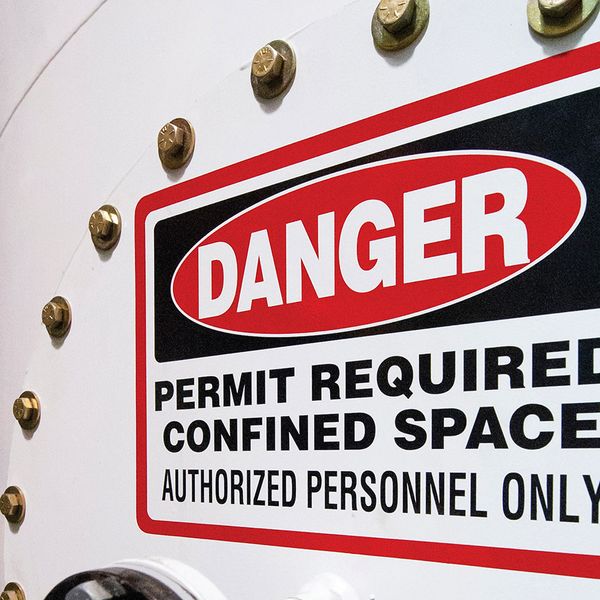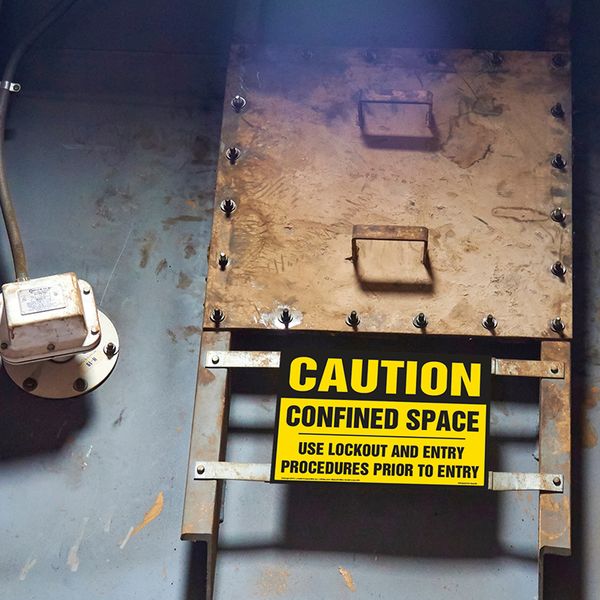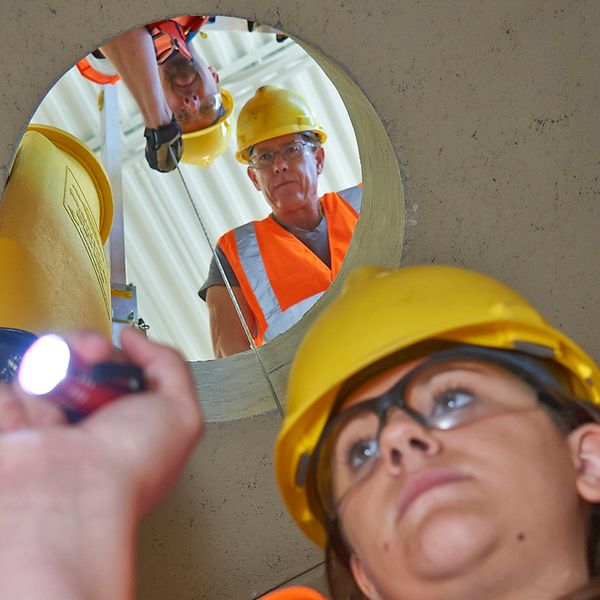Permit-Required Confined Space Fatalities: Rescue gone awry
One employee tried to save another employee, and neither of them made it out alive. On June 14, 2022, a construction company employee entered a recently built sewer manhole to perform routine vacuum testing and quickly lost consciousness. A second employee attempted to rescue that employee and unfortunately succumbed to the same atmospheric hazard as the first.
The Occupational Safety and Health Administration (OSHA) cited the employer for eight violations, two willful and six serious, with proposed penalties totaling over $287,000. OSHA determined that the employees were subject to an oxygen-deficient atmosphere, and the company did not do its due diligence by testing for a hazardous atmosphere. It also did not follow the permit-required confined space (PRCS) permitting process, nor did it have a plan or equipment to rescue an employee.
OSHA defines a PRCS as a confined space with the potential for a hazardous atmosphere, converging sides, an engulfment hazard, or another serious recognized hazard. To combat the dangers found in a PRCS, it must be assessed to determine which hazards are present and steps must be taken to mitigate them. PRCS entrants, entry supervisors, and monitors must be trained on how to recognize the hazards within the PRCS as well as how to enter, monitor, and exit the space safely.
When a hazardous atmosphere is identified as part of the pre-entry screening, ventilation or self-contained breathing apparatus (SCBA) may be used in conjunction with continuous atmospheric monitoring. Having a rescue plan is vital when working in PRCS because time is limited, and a few moments can mean the difference between life and death for workers.
Key to remember: This situation is one of the many unfortunate realities of employees being under-prepared for the unseen hazards lurking in a PRCS. Without proper pre-planning, the well-meaning, would-be rescuers are often overcome and become victims themselves.



















































